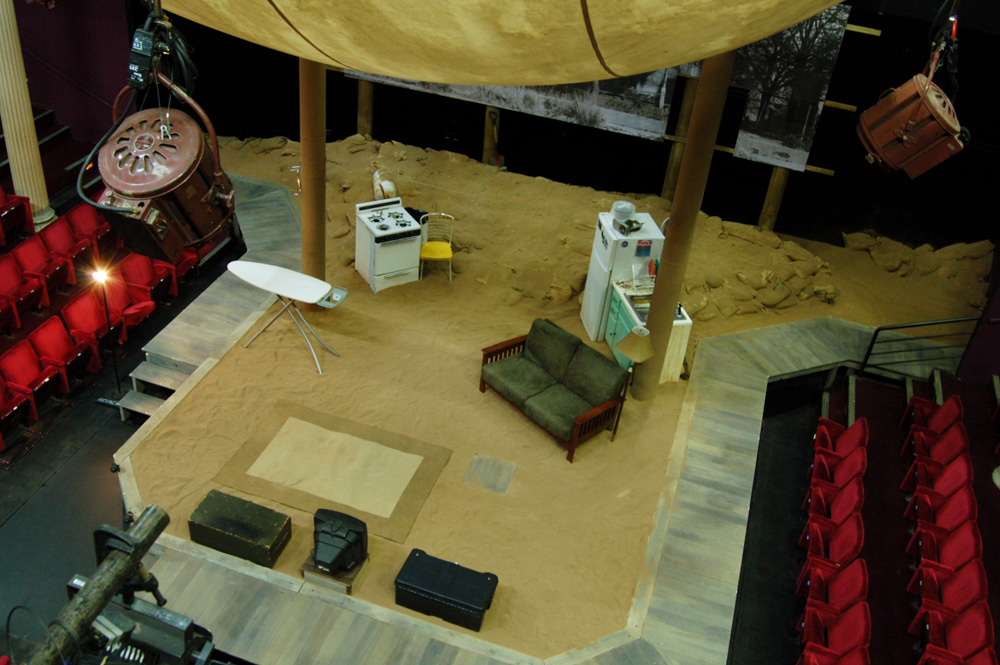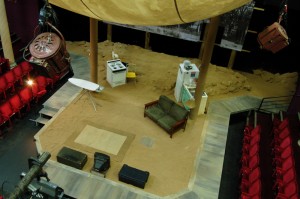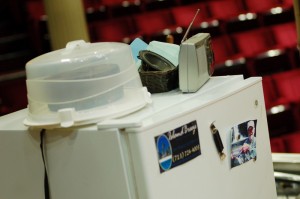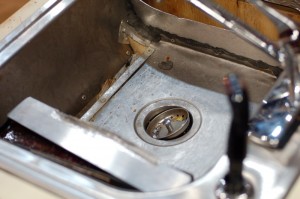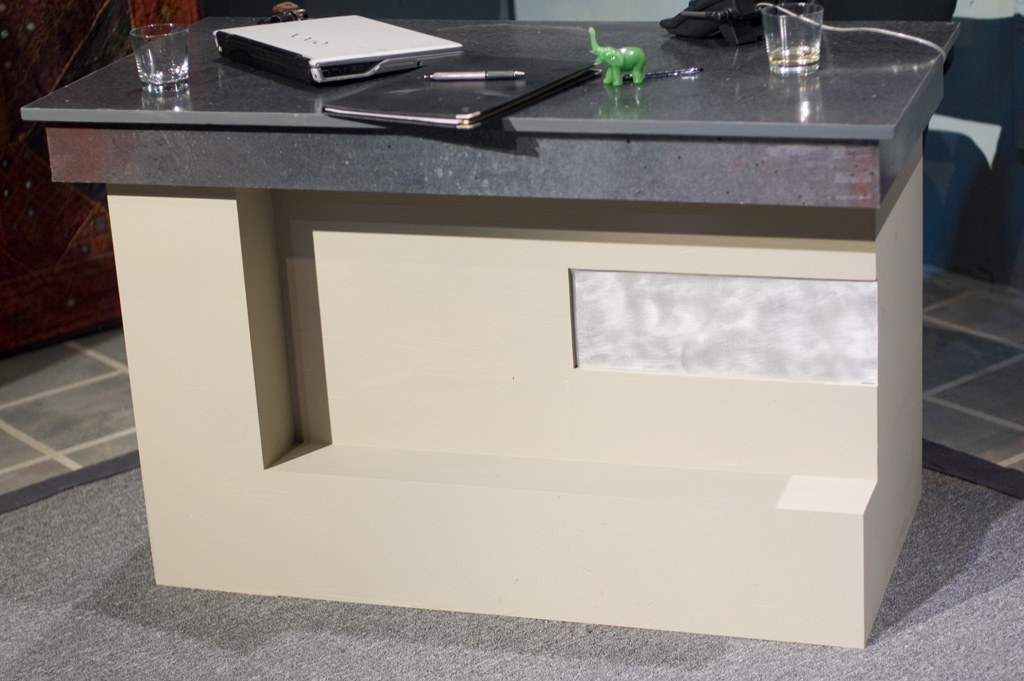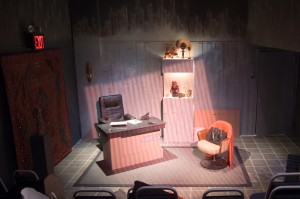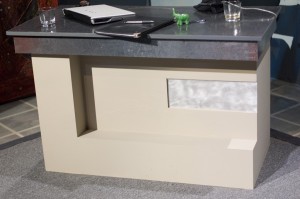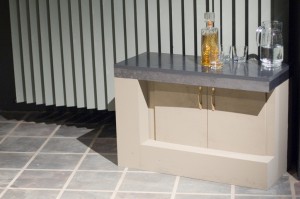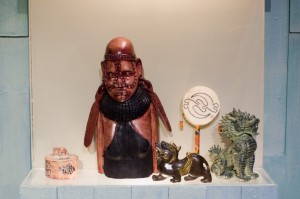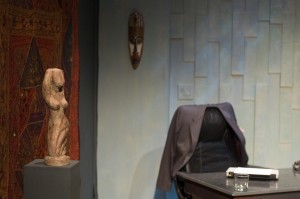Props can be divided into several categories, which may make the realm of props less overwhelming. Because of the diversity of traditions and practices in the hundreds of theaters that put on shows, a props person may not be responsible for some of these categories. This is also not meant to be an exhaustive list of all the duties of a props person, rather it is a list of all the kinds of props (For example, in union houses and many other theatres, the props department is responsible for sweeping the stage. I haven’t added that to this list).
The props in the different categories come from different places. Many of the hand props come from the text, or are requested by the stage manager or director during rehearsals. The set designer is usually asking for the set props, trim and set dressing. Often, actors themselves will ask for certain props, particularly personal props. Let’s look at some of these categories:
Hand – Hand props are any props manipulated by one or more actors on stage. A book, a gun, and a wine glass are all hand props. Hand props can be consumable or perishable prop, which means they need to be replaced every night, such as food which is eaten or a letter which is torn up. We can also look at costume (or personal, or “propstume“) props like purses or belts as a subcategory. These require special consideration with the costume department to determine who is responsible for both providing and paying for them. manual/special effect, practical
Set – Set props include all the furniture on stage, and any other “objects” which are a part of the set. It also includes furniture-like objects, such as rocks which are sat on. The lines between “set” and “props” are the most blurry in this category, as some sets have “built-in” furniture, and more abstract or metaphorical sets have less reference points for determining what is “prop or not”.
Trim – Trim props hang on the walls, like curtains, blinds, or pictures.
Set dressing – The set dressing is the items and objects on the stage which the actor doesn’t handle. The easiest way to think of this is in an apartment set. The floor, walls, doors and windows are the set. The furniture is the set props. All the knick-knacks on the dresser, books on the shelves, and plates in the sink are the set dressing. If an actor picks a set dressing item up, it becomes a hand prop and is treated differently. The set dressing can include practicals, which are electrical props (like lamps, chandeliers, and wall sconces) that actually work. Also included here are rugs, carpets, and other floor coverings. Set dressing is used more to flesh out the characters and setting rather than push the narrative forward. While it is up to the set designer to describe and lay out what the set dressing is, it is often left to the props master to choose and arrange the individual items. Set dressing is an art and a craft of its own, and in some cases (especially in film) can be a person’s exclusive job on a production.
Personal – A personal prop is a prop an actor carries to develop their character. Sometimes these are called for in the script, but often it is the actor who is requesting it. A pipe, a cane, or a fan can are examples. Some actors are notorious for picking a prop or two at the very first rehearsal to play with.
Greens – Whether real or artificial, the props department is oft responsible for plants, leaves, bushes and flowers. Obviously, if the set calls for a life-sized tree to fill the stage, the props department can defer to the scenic department for its construction.
Manual special effects – Bursts of smoke, remote-controlled rats, artificial fires in fireplaces, or any other manual special effect is generally the responsibility of the props department, though depending on the scope or means of achieving said effect, there may certainly be overlap with any number of other departments. Breakaway props may also fall in this category.
Manual sound effects – Though increasingly rare in these days of recorded audio, if a sound effect is generated off-stage by an actor or crew member, the props department is responsible for the apparatus that creates that noise. Older props shops still have the various crash-boxes, thunder sheets, and wind machines that fall under this category. You can see pictures of some of the machines that created stage sounds in one of my previous posts.

